Game: “Silt”
Silt
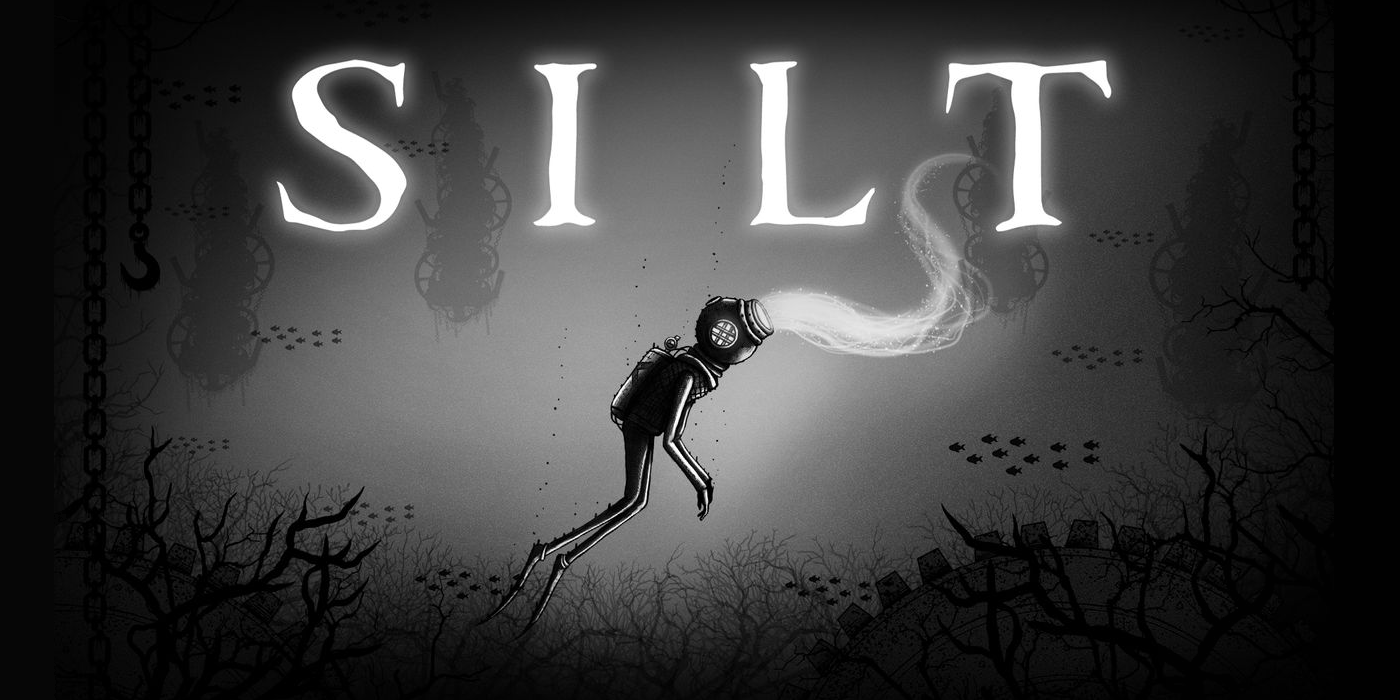
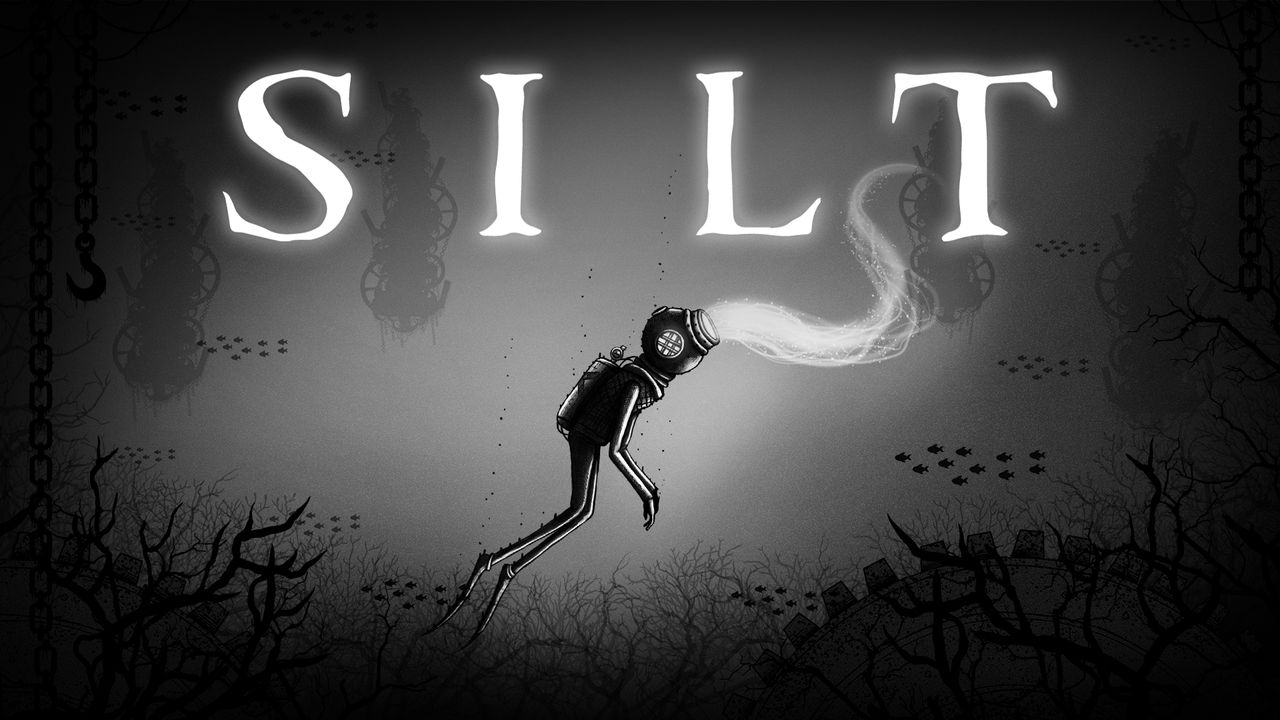
Little captures my attention like a distinct visual style in a video game and seeing the artwork for Silt plastered around the Fireshine Games booth at W.A.S.D. seriously piqued my interest. A explorative puzzler set in the crushing depths of the ocean, Silt asks you to embody a silent protagonist with a frightening mystical ability to possess other sea creatures, and you must use your wits to overcome some terrifying leviathans in an attempt to awaken a mysterious and terrible machine. After a brief chat with the two developers of Spiral Circus Games and a hands-on demo, I knew that immediately Silt was a title I wanted to get my hands on the minute it was released.
At A Glance
| Scores | |
| Visuals | 9 /10 |
| Sound | 7 /10 |
| Gameplay | 6 /10 |
| Overall | 7/10 |
| Positives | + Unique and beautifully sinister art style + Atmospheric sounds of the oppressive depths + Haunting world full of mystique |
| Negatives | – Puzzles aren’t especially challenging – Ends just when you want it to ramp up – Very vague story may turn off some players |
| Price (When Reviewed) | £11.99 |
| Our Playtime | 3 hours |
| Available On | PS5, PS4, Xbox Series X|S, Xbox One, Nintendo Switch, PC |
The story begins as a lone diver, equipped with traditional iron mask and flippers, awakens on the seafloor, chained to a weight that is holding him down. Totally unable to move and with darkness all around you, you’re prompted to ‘possess’ a nearby piranha, and once in control of the fish, use its razor sharp teeth to bite through the chain shackling you to the bottom. You swim away, rising to explore an underwater world that’s filled with deadly sea life, forgotten relics and ancient secrets. It’s a sinister introduction to a world that only spirals further into the bizarre and wonderfully sets the tone of the rest of the game.
The possession mechanic is simple enough but certainly plays out in dramatic fashion; a gleaming white tendril, like that of a sea cucumber, surges from the divers mask towards the target creature, allowing you to control your prey once you ensnare them. Once possessed, you can freely move the creature around and use any special abilities they have and can even jump from one creature to another should you wish. Possessing other creatures is the divers only means of self-defence, and you’re entirely at the mercy of the twisted denizens of the deep as you swim around and explore. All of the game’s puzzles revolve around possessing one or more animals in the right order, allowing you to access areas and perform tasks impossible to other creatures. From the smallest minnow to strongest hammerhead shark or the speediest eel, every fish has a purpose and it’s up to you to figure out just how to manipulate them in order to proceed.
Sadly this won’t take you too much thinking, as you’re only ever provided the one or two sea creatures that you need to unpick the task at hand, and the solutions are often easily identified in just a minute or two. The puzzles often revolve around using a fish’s abilities to work your way around a barrier before eventually breaking it to allow the diver to pass. It’s fun to swim around as different creatures and jump from one to the next in order to traverse the battered environments and avoid nasty predators, but there certainly isn’t a lot of challenge provided by Silt, even in the boss encounters (as undeniably cool as they are).

So if the puzzle solving isn’t going to knock your socks off, what exactly should excite you about Silt? In short, the incredible aesthetics and oppressive atmosphere, which are second to none.
You’re submerged in the surreal and dark realm of artist Tom Mead from the get-go, and the more closely you inspect the entirely hand drawn visuals, the more impressive they become. Silt is portrayed using an entirely grayscale palette, where inky black foregrounds are silhouetted against the bright light of the divers torch, and radiant whites are used to depict raw power and energy.
Visually, the scale of the backgrounds is breath-taking. Such is the level of genuine depth and detail on display, there are moments in the game where you truly feel like a meaningless plankton amidst gargantuan and sprawling ocean scenes. It’s immediately clear that H. R. Giger was an inspiration for the visual theme; the backdrops are sinister and foreboding; littered with subtle disturbing imagery, and some of the sea life displays a level of menace that’s truly hard to describe. The Bournemouth Arts Institute product has realised a fantastic vision of deep sea dystopia, with endless mysteries hinted at beneath layers of macabre plant life and grim machinery.

Hand-in-hand with the impressive visuals is the sound design, which manages to remain understated whilst also seriously overperforming. Most of the in-game sounds are that of the ocean, with the divers raspy breathing within his helmet and releasing air bubbles narrating the majority of the game. This isn’t relegated to background noise though; there’s a section in the middle of the game where you’re forced to listen to the diver struggling for air and the tension is seriously ramped up as his breathing quickens and becomes more ragged. I’m struggling to describe the other important pervasive sound that adds so much to the atmosphere but I’ll do my utmost! As you dive further into the depths, the sounds become more muffled and you can feel the oppressive weight of the ocean above threatening to crush you. You can almost feel the pressure build in your ears as you swim down, and I can’t emphasise enough how much this adds to the experience as you navigate the murky depths. I loved Silt’s musical score too, where muffled, sinister strings work to enhance the visual stylings and create a genuine air of menace, with sudden bursts of glorious mysticism thrown in as a reward for overcoming a trial.
I played the entirety of Silt with the lights off, headphones on, and volume ramped up, and I’d say you’ll undoubtedly get the best experience by doing the same.
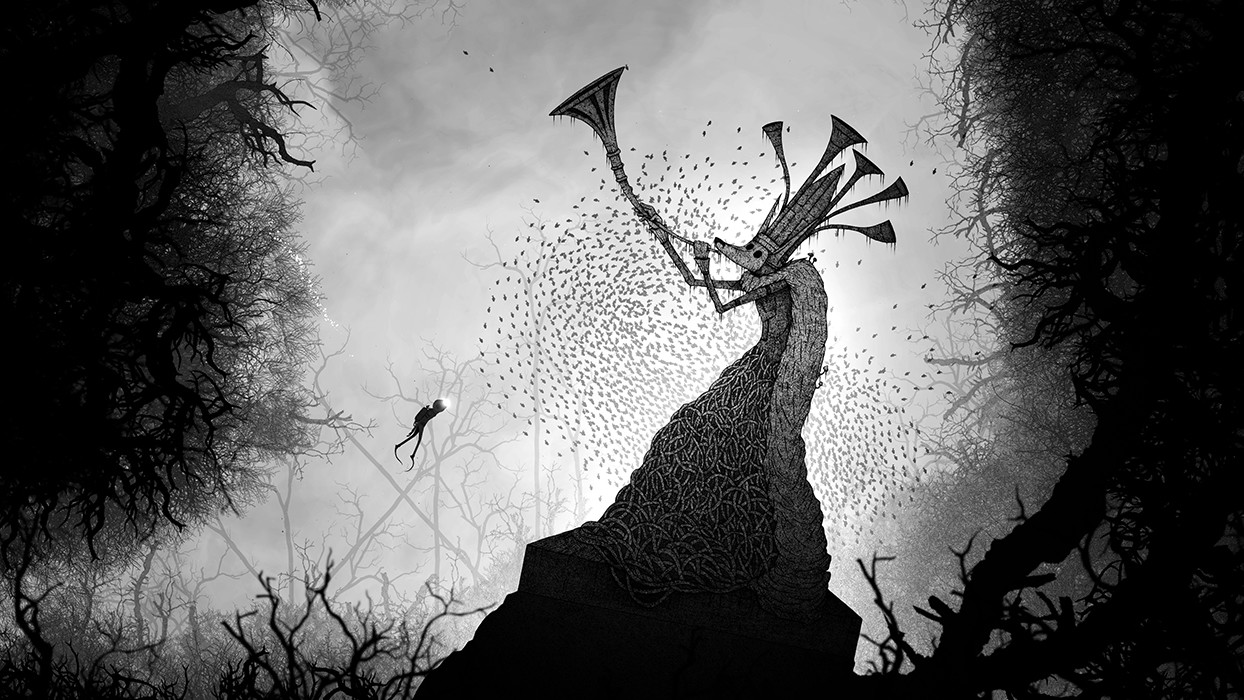
Like the art style, the storytelling in Silt is surreal and abstract. Nothing is explicitly explained to the player, with the plot hinted at through environmental means as your swim from one area to another. The environments undoubtedly exude a deep sense of history and backstory, but they aren’t offered to the player in a way that allows you to truly understand what has happened and what’s going on. You’re merely allowed a peek through a porthole at the wreckage of a ruined world, where the stories chronicling the fall have sadly been lost to time. Taking in the story of Silt is like looking at a painting in a gallery – everything is implied and you have to look carefully to piece together signs that explain what the artist is trying to convey. As an artistic soul, I loved drifting through Silt’s dark world and pondering the meaning of the environments and imagery, but I fear that players used to more direct storytelling may miss the point a little and wonder what all the fuss is about. Ultimately, Silt is delivered more as an artistic vision than a story; it aims to leave you intrigued and wanting to know more – and in that it certainly succeeds.
Unfortunately, with the vast hand drawn visuals demanding a huge amount of work, the length of the game is understandably impacted. Silt has a run time of about three hours, which is plenty of time to experience the gameplay on offer but did leave me feeling that there was scope for so much more. The world has the potential to pull you into a deep and impressive mythos, but there simply isn’t the time or narrative tools provided to fully do it justice. While I can’t deny that I sat open-mouthed at the evocative ending to the game, I quite simply wanted more – it would have worked as a wonderful springboard into more areas, more possessions, and more puzzles. More everything.
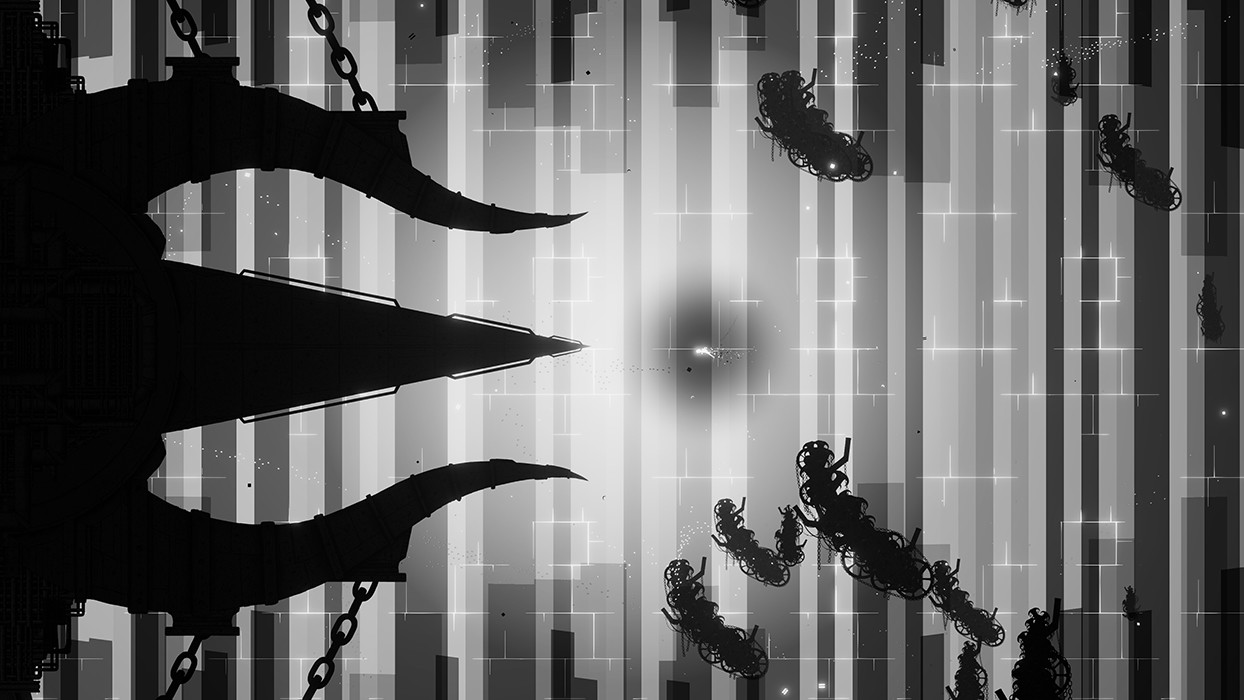
Early impressions of Silt seemed to describe the game as Limbo crossed with Abzu and while that description isn’t a million miles away, I feel it does Spiral Circus Games a disservice, with their debut title very much standing out as a great game in its own right.
Silt is a truly stunning game, with dark visuals that draw you in and impressive sound design that underpins a murky and sinister world. The simple puzzle solving acts more as a conduit for the artistic vision than to offer a legitimate challenge, but the experience is undoubtedly enjoyable despite the gameplay offering little in the way of difficulty. The story is a little vague and open to interpretation, but artistic-types will find it genuinely intriguing – the only real downside is that you’ll certainly be left wanting more, with the story reaching a haunting crescendo just when it feels like it could open the door to so much more. I would play another game set in the universe of Silt in a heartbeat.
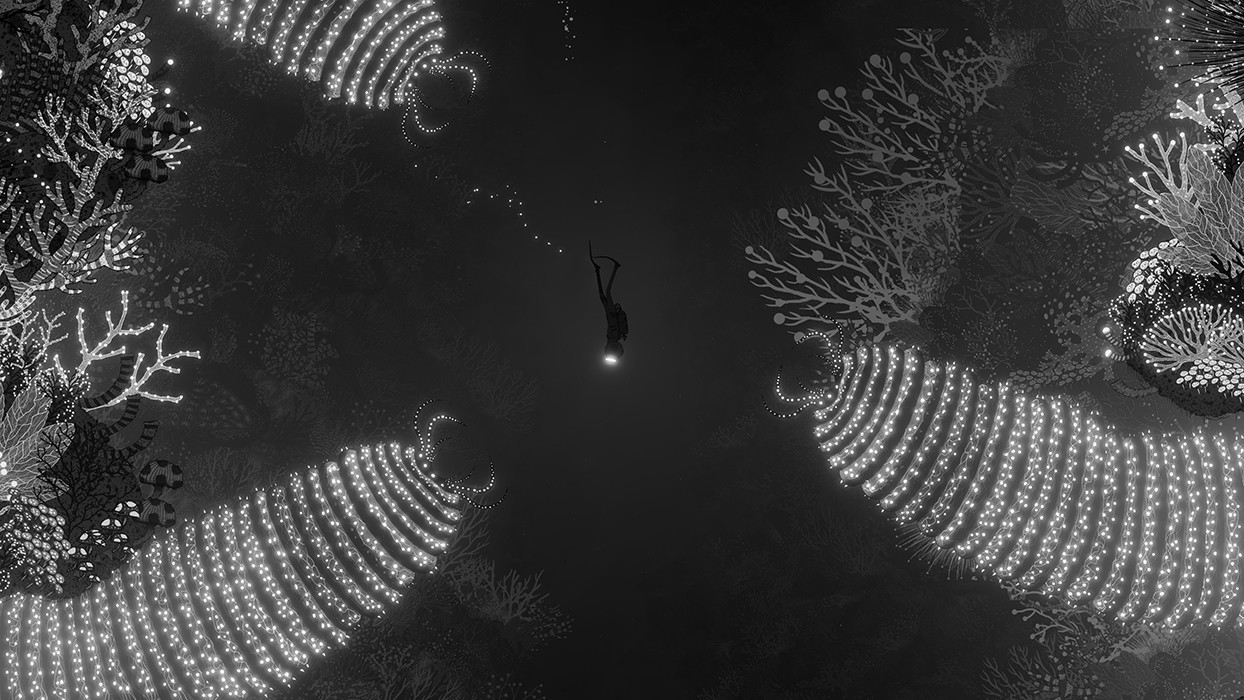
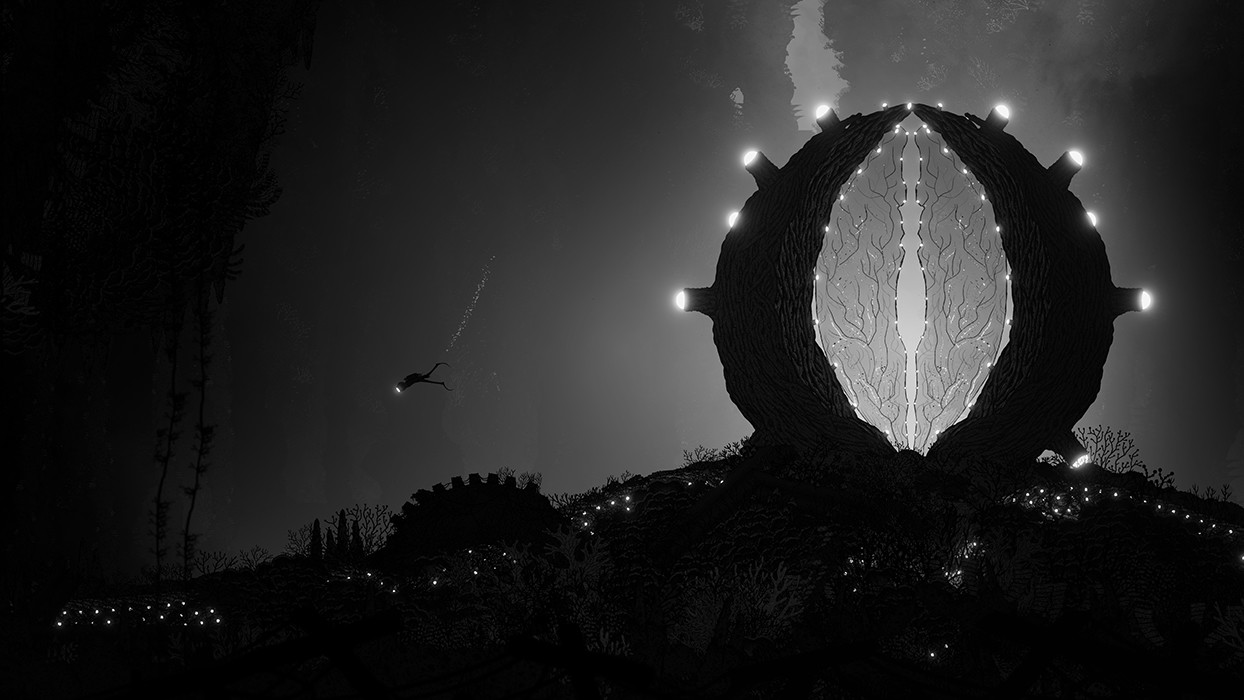
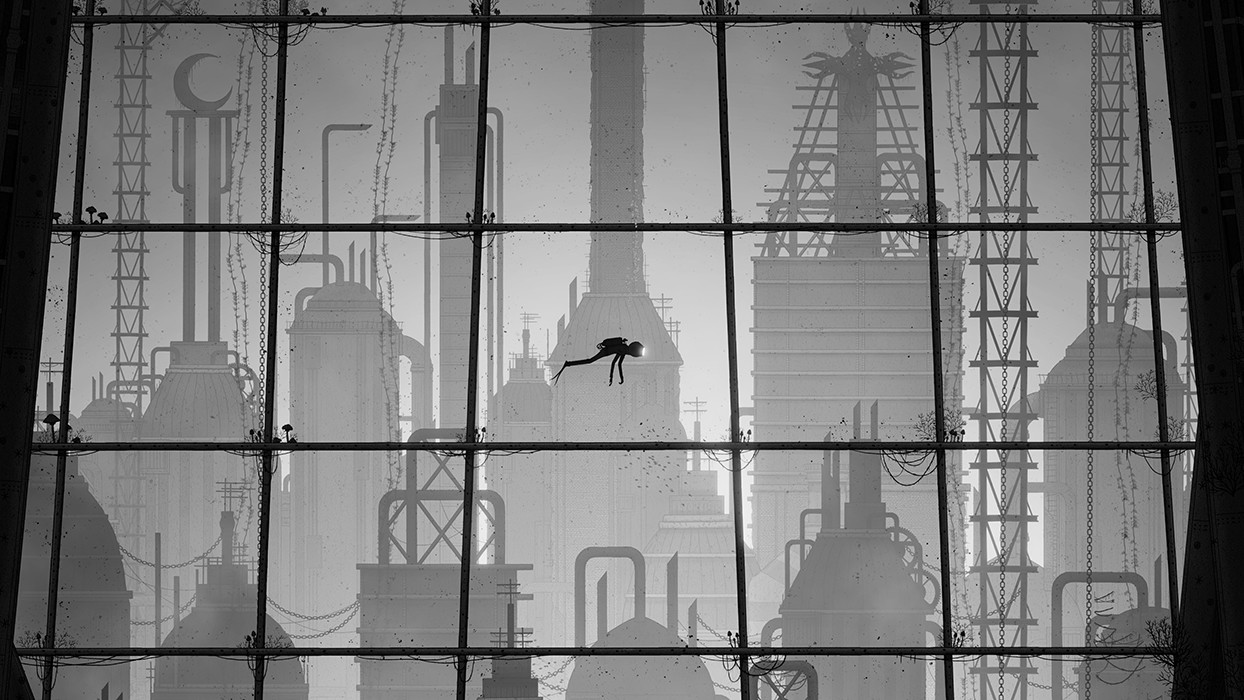
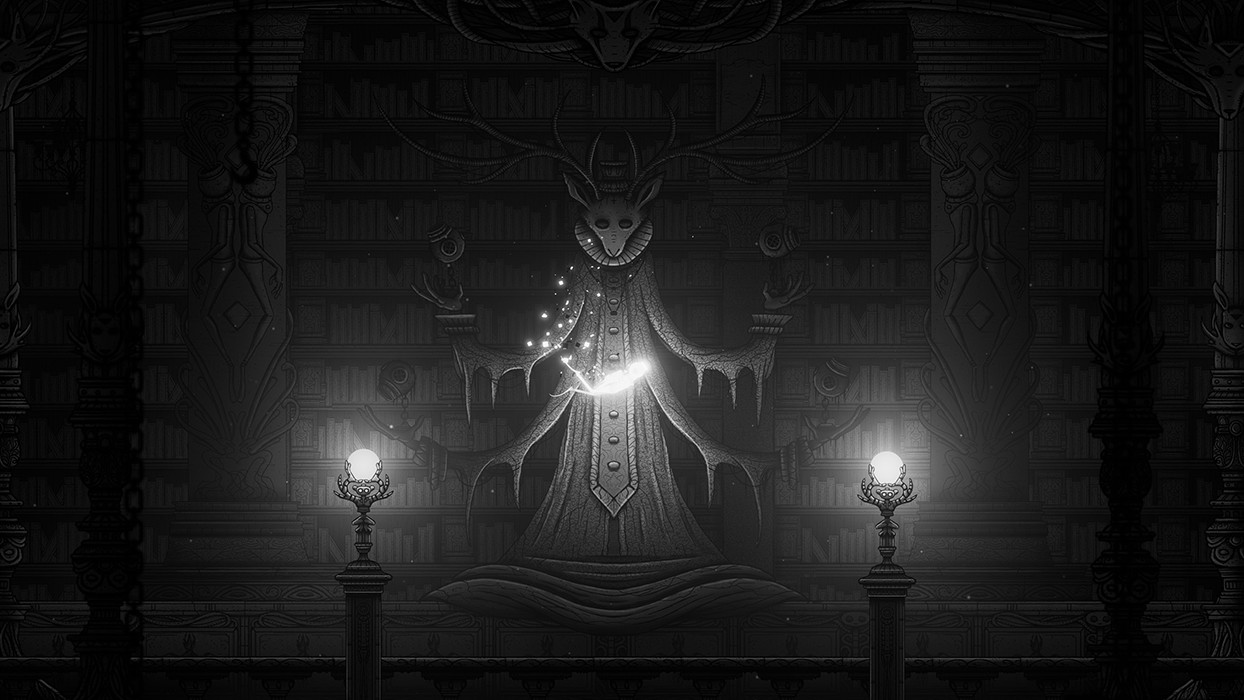
In the interest of full disclosure, VGamingNews was provided with a copy of the game in order to conduct this review.






